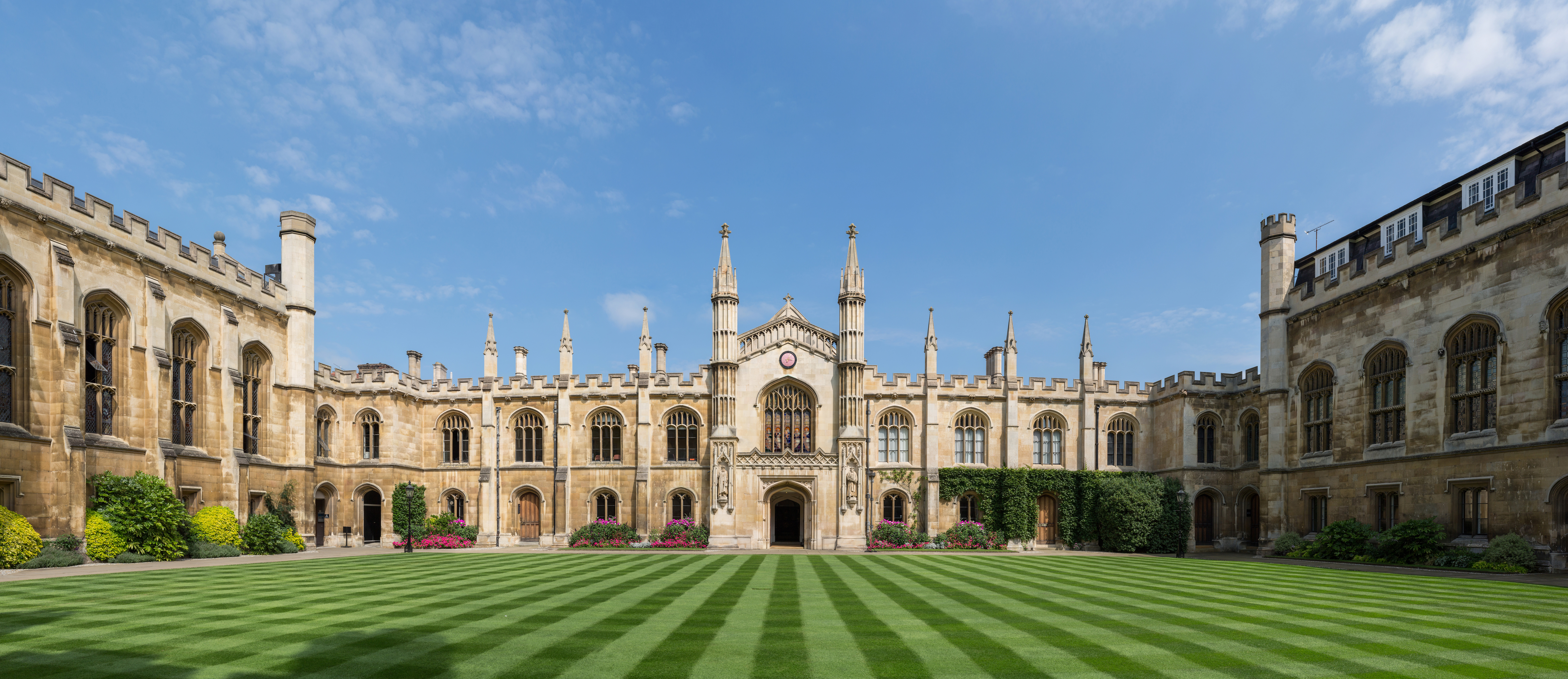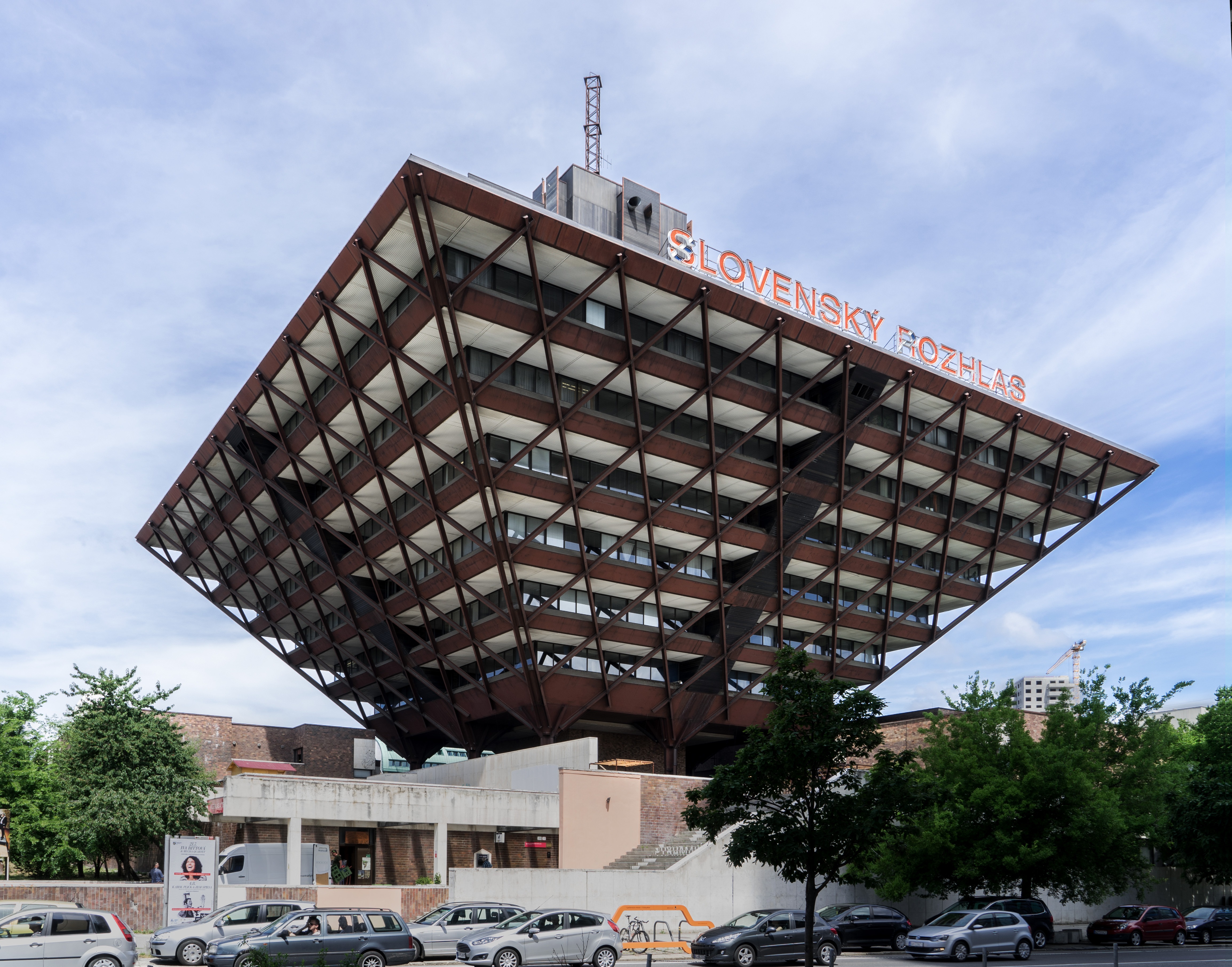|
DZLB-AM
DZLB (1116 AM) is a college radio station owned and operated by the University of the Philippines Los Baños through its College of Development Communication. Its studio is located at the DZLB Broadcast Studio, 2nd Floor, College of Development Communication Building, UP Los Baños, Laguna. It is being used as an experimental radio station of the Department of Development Broadcasting and Telecommunication. Its programming includes music programs and request shows, informative segments and talk shows and School-on-air programs. History Radyo DZLB was established in 1964 by the University of the Philippines Los Baños to provide educational programming to rural communities surrounding Los Baños. The station originally broadcast at 1200 kHz with a power of 250 watt The watt (symbol: W) is the unit of power or radiant flux in the International System of Units (SI), equal to 1 joule per second or 1 kg⋅m2⋅s−3. It is used to quantify the rate of energy transfer. Th ... [...More Info...] [...Related Items...] OR: [Wikipedia] [Google] [Baidu] |
DZLB-FM
DZLB-FM (97.4 MHz Los Baños) is a radio station owned and operated by the University of the Philippines Los Baños - College of Development Communication. Its studio and transmitters are located in the DZLB Broadcast Studio of UP Los Baños College, Los Baños, Laguna. It is the premiere college radio station in the Philippines. It started operation in the mid-90s. Its programming includes music programs and talk shows. Broadcasts are done from Monday to Friday, 3:00 PM to 7:00 PM. However, during weekends and breaks between semesters, the station is off the air. It also serves as the community radio Community radio is a radio service offering a third model of radio broadcasting in addition to commercial and public broadcasting. Community stations serve geographic communities and communities of interest. They broadcast content that is popular ... station of U.P. Los Baños and other neighboring communities. The station is under the direct supervision of the Department of ... [...More Info...] [...Related Items...] OR: [Wikipedia] [Google] [Baidu] |
University Of The Philippines Los Baños
The University of the Philippines Los Baños (UPLB; fil, Unibersidad ng Pilipinas Los Baños), also referred to as UP Los Baños or colloquially as Elbi (), is a public research university primarily located in the towns of Los Baños and Bay in the province of Laguna, some 65 kilometers southeast of Manila. It traces its roots to the UP College of Agriculture (UPCA), which was founded in 1909 by the American colonial government to promote agricultural education and research in the Philippines. American botanist Edwin Copeland served as its first dean. UPLB was formally established in 1972 following the union of UPCA with four other Los Baños and Diliman-based University of the Philippines (UP) units. The university has played an influential role in Asian agriculture and biotechnology due to its pioneering efforts in plant breeding and bioengineering, particularly in the development of high-yielding and pest-resistant crops. In recognition of its work, it was awarded the Ram ... [...More Info...] [...Related Items...] OR: [Wikipedia] [Google] [Baidu] |
Los Baños, Laguna
Los Baños, officially the Municipality of Los Baños ( tgl, Bayan ng Los Baños), colloquialy 'elbi' or simply LB, is a 1st class municipality in the province of Laguna, Philippines. According to the 2020 census, it has a population of 115,353 people. It has a total land area of 56.5 square kilometers and is bordered on the south and south-west by Mount Makiling, on the north by Laguna de Bay., on the north-west by Calamba and on the east by the town of Bay. The town is located southeast of Manila and is easily accessible via the South Luzon Expressway along with the Manila South Road segment of the Philippine Highway Network. The municipality lies on the northern slopes of the long dormant volcano Mount Makiling and is known among tourists for its hot spring resorts. Los Baños also hosts two constituent universities of the University of the Philippines System: the University of the Philippines Los Baños and University of the Philippines Open University, along with ... [...More Info...] [...Related Items...] OR: [Wikipedia] [Google] [Baidu] |
Community Radio Stations In The Philippines
A community is a social unit (a group of living things) with commonality such as place, norms, religion, values, customs, or identity. Communities may share a sense of place situated in a given geographical area (e.g. a country, village, town, or neighbourhood) or in virtual space through communication platforms. Durable good relations that extend beyond immediate genealogical ties also define a sense of community, important to their identity, practice, and roles in social institutions such as family, home, work, government, society, or humanity at large. Although communities are usually small relative to personal social ties, "community" may also refer to large group affiliations such as national communities, international communities, and virtual communities. The English-language word "community" derives from the Old French ''comuneté'' (Modern French: ''communauté''), which comes from the Latin ''communitas'' "community", "public spirit" (from Latin '' communis'', "c ... [...More Info...] [...Related Items...] OR: [Wikipedia] [Google] [Baidu] |
College Radio Stations In The Philippines
A college ( Latin: ''collegium'') is an educational institution or a constituent part of one. A college may be a degree-awarding tertiary educational institution, a part of a collegiate or federal university, an institution offering vocational education, or a secondary school. In most of the world, a college may be a high school or secondary school, a college of further education, a training institution that awards trade qualifications, a higher-education provider that does not have university status (often without its own degree-awarding powers), or a constituent part of a university. In the United States, a college may offer undergraduate programs – either as an independent institution or as the undergraduate program of a university – or it may be a residential college of a university or a community college, referring to (primarily public) higher education institutions that aim to provide affordable and accessible education, usually limited to two-ye ... [...More Info...] [...Related Items...] OR: [Wikipedia] [Google] [Baidu] |
Radio Station
Radio broadcasting is transmission of audio (sound), sometimes with related metadata, by radio waves to radio receivers belonging to a public audience. In terrestrial radio broadcasting the radio waves are broadcast by a land-based radio station, while in satellite radio the radio waves are broadcast by a satellite in Earth orbit. To receive the content the listener must have a broadcast radio receiver (''radio''). Stations are often affiliated with a radio network which provides content in a common radio format, either in broadcast syndication or simulcast or both. Radio stations broadcast with several different types of modulation: AM radio stations transmit in AM ( amplitude modulation), FM radio stations transmit in FM (frequency modulation), which are older analog audio standards, while newer digital radio stations transmit in several digital audio standards: DAB (digital audio broadcasting), HD radio, DRM ( Digital Radio Mondiale). Television bro ... [...More Info...] [...Related Items...] OR: [Wikipedia] [Google] [Baidu] |
AM Broadcasting
AM broadcasting is radio broadcasting using amplitude modulation (AM) transmissions. It was the first method developed for making audio radio transmissions, and is still used worldwide, primarily for medium wave (also known as "AM band") transmissions, but also on the longwave and shortwave radio bands. The earliest experimental AM transmissions began in the early 1900s. However, widespread AM broadcasting was not established until the 1920s, following the development of vacuum tube receivers and transmitters. AM radio remained the dominant method of broadcasting for the next 30 years, a period called the " Golden Age of Radio", until television broadcasting became widespread in the 1950s and received most of the programming previously carried by radio. Subsequently, AM radio's audiences have also greatly shrunk due to competition from FM (frequency modulation) radio, Digital Audio Broadcasting (DAB), satellite radio, HD (digital) radio, Internet radio, music streaming se ... [...More Info...] [...Related Items...] OR: [Wikipedia] [Google] [Baidu] |
Watt
The watt (symbol: W) is the unit of power or radiant flux in the International System of Units (SI), equal to 1 joule per second or 1 kg⋅m2⋅s−3. It is used to quantify the rate of energy transfer. The watt is named after James Watt (1736–1819), an 18th-century Scottish inventor, mechanical engineer, and chemist who improved the Newcomen engine with his own steam engine in 1776. Watt's invention was fundamental for the Industrial Revolution. Overview When an object's velocity is held constant at one metre per second against a constant opposing force of one newton, the rate at which work is done is one watt. : \mathrm In terms of electromagnetism, one watt is the rate at which electrical work is performed when a current of one ampere (A) flows across an electrical potential difference of one volt (V), meaning the watt is equivalent to the volt-ampere (the latter unit, however, is used for a different quantity from the real power of an electrical circuit ... [...More Info...] [...Related Items...] OR: [Wikipedia] [Google] [Baidu] |
Laguna (province)
Laguna, officially the Province of Laguna ( fil, Lalawigan ng Laguna), is a Provinces of the Philippines, province in the Philippines located in the Calabarzon Regions of the Philippines, region in Luzon. Its capital is Santa Cruz, Laguna, Santa Cruz while its largest city is the Calamba, Laguna, City of Calamba and the province is situated southeast of Metro Manila, south of the province of Rizal, west of Quezon, north of Batangas and east of Cavite. Laguna hugs the southern shores of Laguna de Bay, the largest lake in the country. As of the 2020 census, the province's total population is 3,382,193. It is the seventh richest province in the country. Laguna is notable as the birthplace of José Rizal, the country's ''de facto'' national hero. It has numerous natural and cultural attractions such as Pagsanjan Falls, the University of the Philippines Los Baños and the University of the Philippines Open University in Los Baños, Laguna, Los Baños, the hot spring resorts of Calamb ... [...More Info...] [...Related Items...] OR: [Wikipedia] [Google] [Baidu] |
National Telecommunications Commission (Philippines)
The National Telecommunications Commission (NTC; fil, Pambansang Komisyon sa Telekomunikasyon) is an attached agency of the Department of Information and Communications Technology responsible for the supervision, adjudication and control over all telecommunications services and television and radio networks throughout the Philippines. History The National Telecommunications Commission (NTC) was created under Executive Order No. 546 promulgated on July 23, 1979, and conferred with regulatory and quasi-judicial functions taken over from the Board of Communications and the Telecommunications Control Bureau, which were abolished in the same Order. Primarily, the NTC is the sole body that exercises jurisdiction over the supervision, adjudication and control over all telecommunications services and television networks throughout the country. For the effective enforcement of this responsibility, it adopts and promotes guidelines, rules, and regulations on the establishment, operation, ... [...More Info...] [...Related Items...] OR: [Wikipedia] [Google] [Baidu] |





